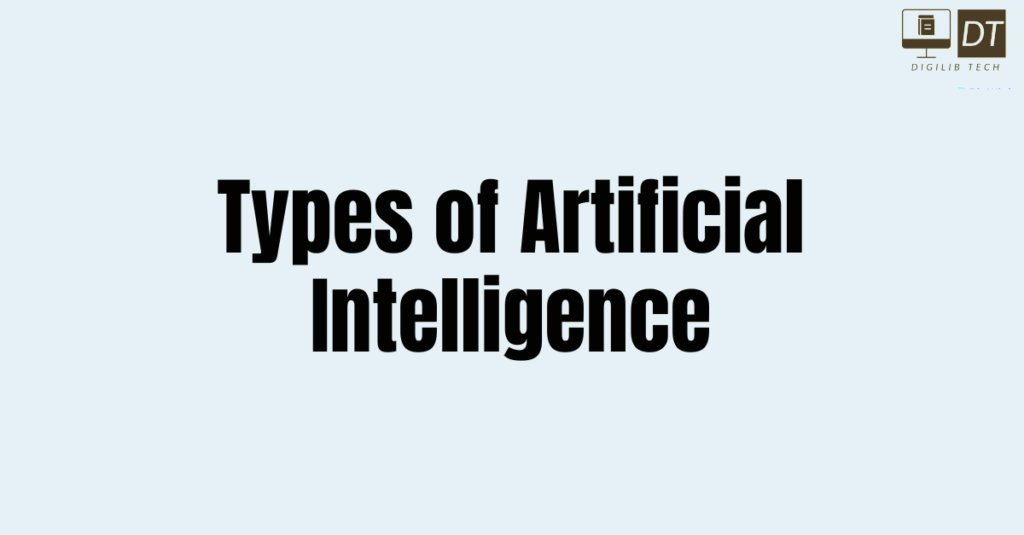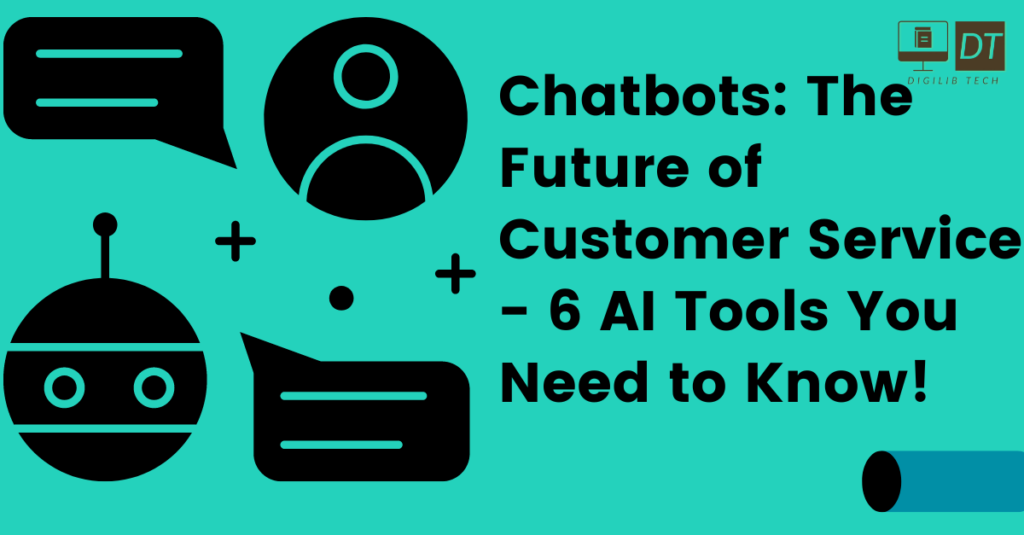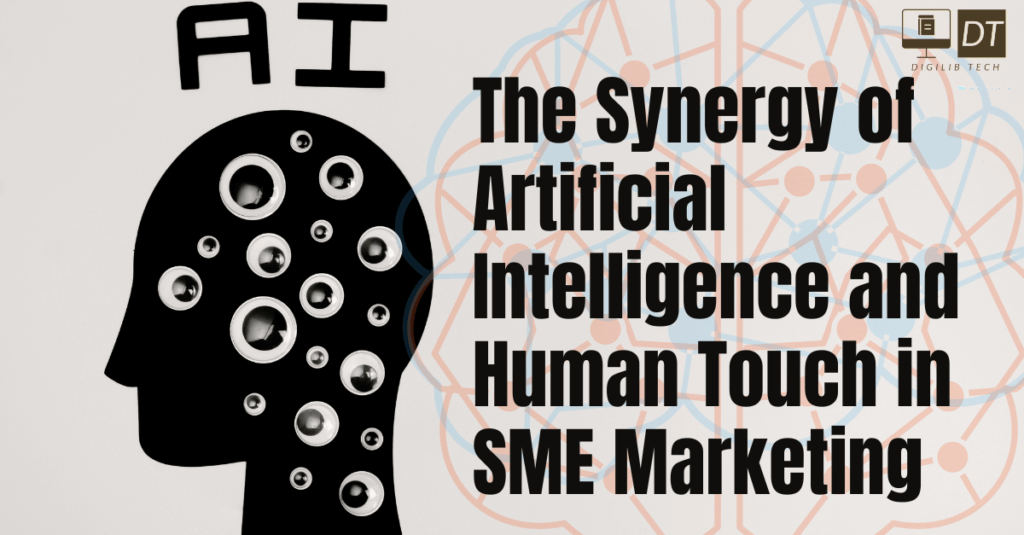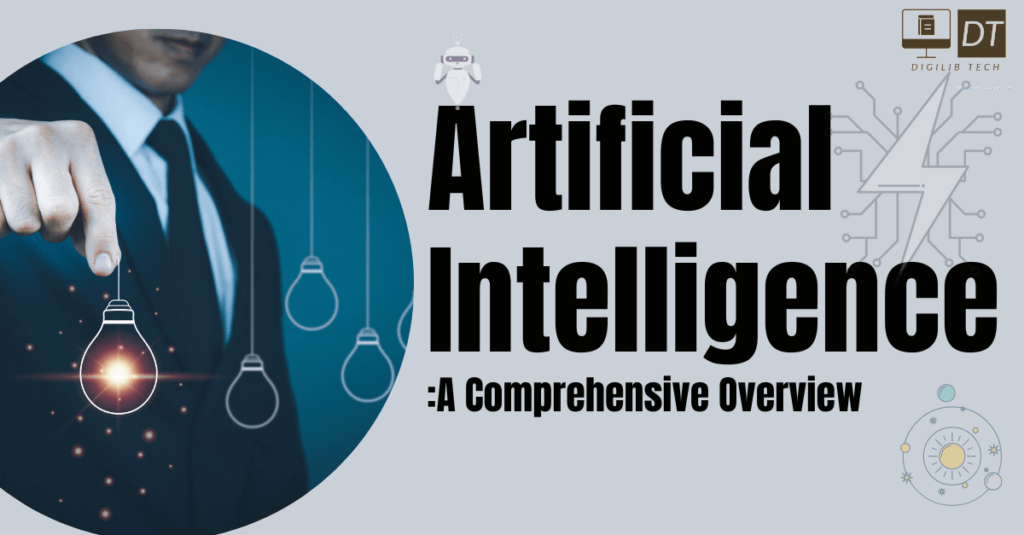Arend Hintze, an assistant professor of integrative biology and computer science and engineering at Michigan State University, outlined four distinct categories to classify artificial intelligence (AI), each representing a progression from task-specific systems to the aspirational concept of sentient AI that we have yet to achieve. These four categories are as follows:

Type 1: Reactive Machines
Reactive machines are the first category of AI systems. They lack any form of memory and are solely designed for specific tasks. A prominent example is IBM’s Deep Blue, the chess-playing program that defeated Garry Kasparov in the 1990s. Deep Blue possesses the capability to identify chessboard pieces and make predictions, but its fundamental limitation is the absence of memory. It cannot utilize past experiences to enhance future decision-making.
Type 2: Limited Memory
The second category encompasses AI systems with limited memory. These systems can retain and utilize past experiences to inform their future decisions. Some of the decision-making functions in self-driving cars are engineered based on this concept. By leveraging their memory, these AI systems can adapt and improve their performance over time.
Type 3: Theory of Mind
Theory of mind, originally a psychological term, finds relevance in AI when referring to systems with social intelligence. In this category, AI possesses the capability to understand human emotions, infer intentions, and predict behavior. This level of understanding is crucial for AI systems to seamlessly integrate into human teams, as they can interpret and respond to human emotions and intentions effectively.
Type 4: Self-Awareness
The fourth and most aspirational category involves AI systems with self-awareness. These AI entities possess a sense of self, akin to consciousness. Machines in this category have the capacity to comprehend their own current state. It’s important to note that AI with self-awareness remains a theoretical concept and does not yet exist in practice.









